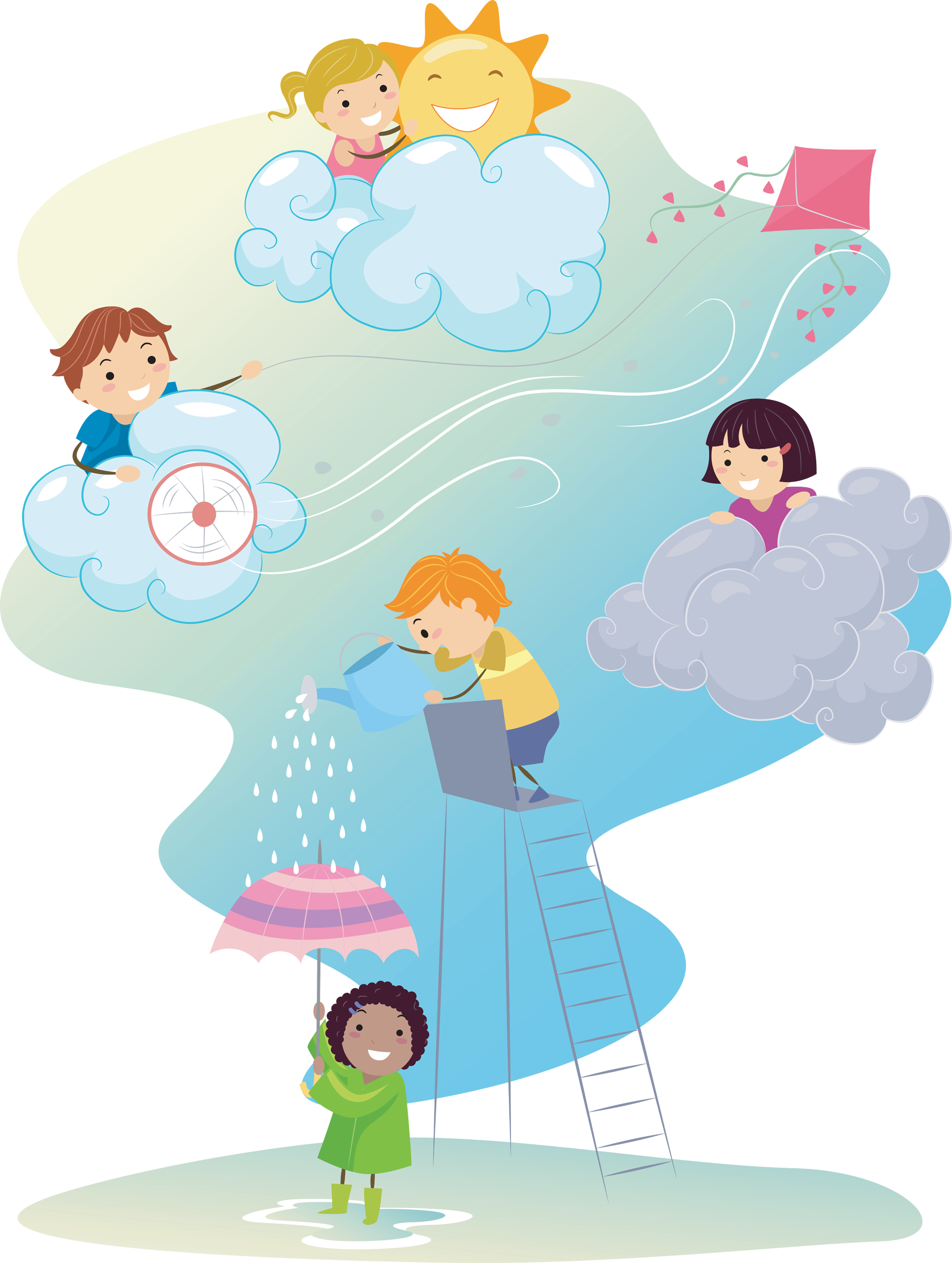
The world of weather and climate is fascinating for young minds. With its array of phenomena from sun to storms, weather is tangible and relatable, making it an excellent topic to introduce basic scientific concepts. This article presents a series of tips, best practices, and suggested material lists to assist educators, teachers, and homeschooling parents in their quest to explain weather patterns and climate to young children.
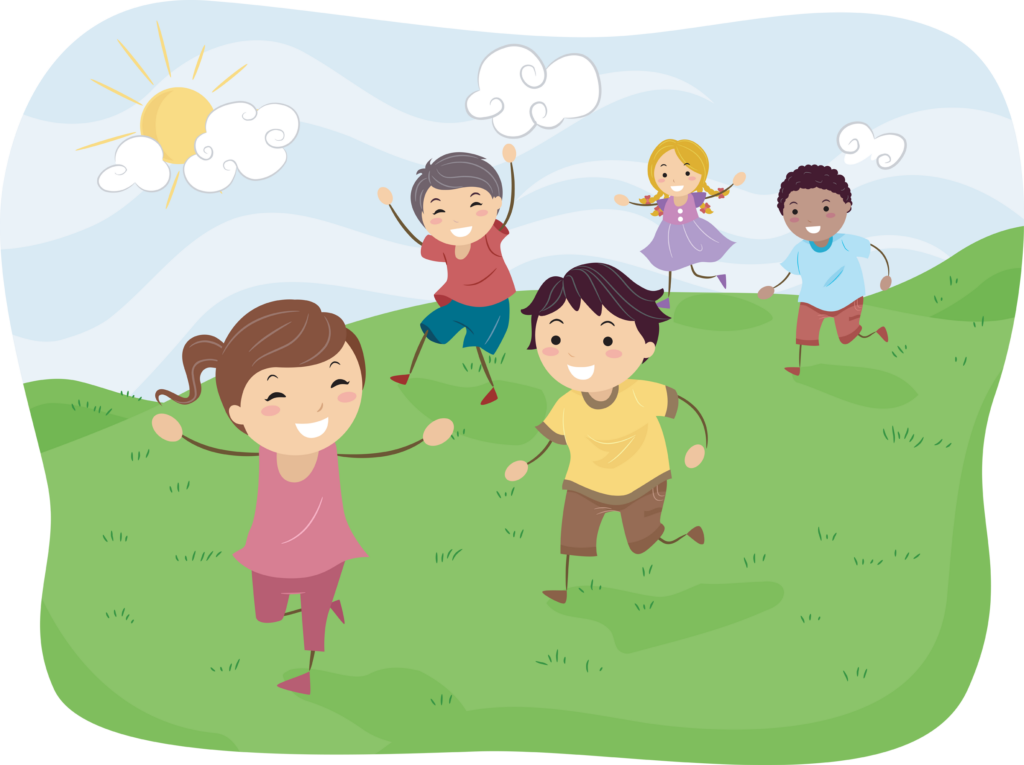
Understanding the Basics
Before diving into teaching, educators should have a firm understanding of the subjects themselves. Weather refers to short-term conditions of the atmosphere, such as temperature, precipitation, and wind. On the other hand, climate describes the average weather conditions in a region over a long period, typically 30 years or more.
Essential Tips for Discussing Weather & Climate with Kids
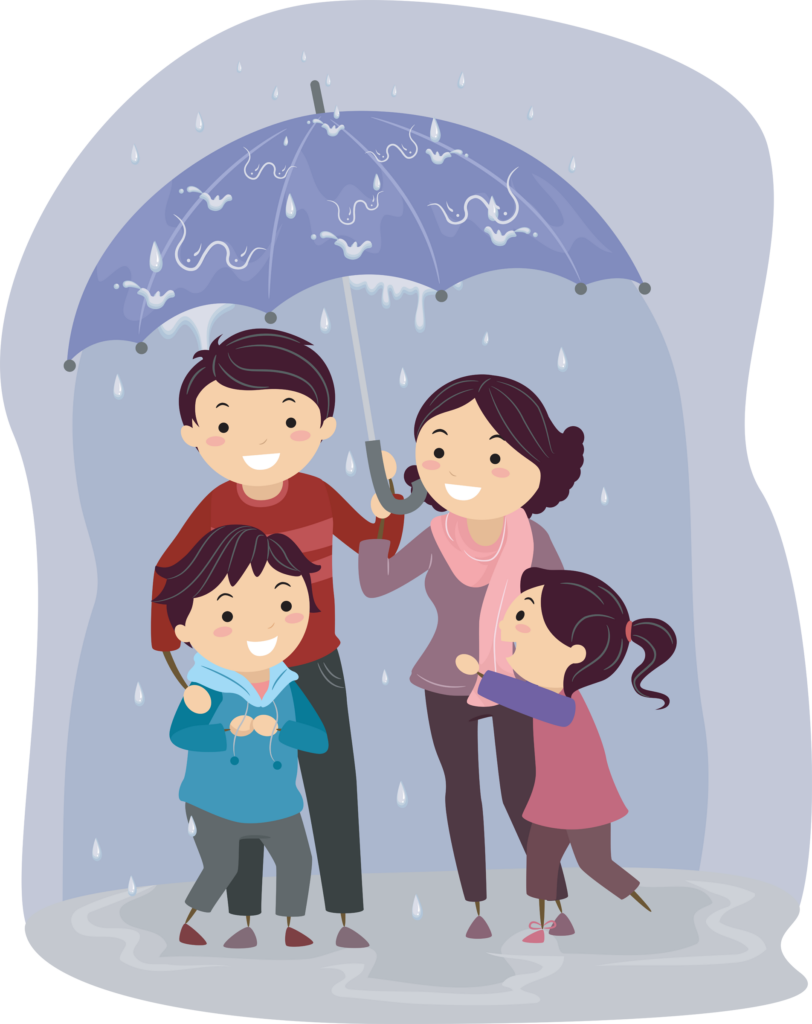
Tip 1: Start with Observable Weather Phenomena
When teaching young children about weather patterns and climate, starting with easily observable weather phenomena can be effective. Pointing out the day-to-day changes in weather, such as a sunny day or a rainy afternoon, can be a useful introduction to weather patterns.
Best Practice: Use Visual Aids and Demonstrations
Visual aids and demonstrations can help bring the concepts of weather and climate to life. For instance, using a large globe to explain how the tilt of the Earth’s axis impacts weather patterns and seasons can be a practical visual tool.
Suggested Materials: A Globe or Pictures of Different Weather Conditions
Tip 2: Incorporate Hands-On Activities
Children learn best when they’re actively involved. Hands-on activities, such as making a simple weather station or creating a cloud in a jar, can make the learning process more engaging and fun.
Best Practice: Ensure Safety and Supervision
When conducting hands-on activities, always ensure the safety of the children. Make sure they understand the instructions, and supervise them during the process.
Suggested Materials: Basic Weather Station Kit, Jar, Ice, Aerosol Spray
Tip 3: Use Interactive Technology
Incorporating interactive technology can make the learning process more dynamic. Weather-related apps and websites offer interactive modules and games that can help children understand weather patterns and climate.
Best Practice: Screen Time Moderation
While technology can be an effective teaching tool, be mindful of balancing screen time with hands-on learning and outdoor observation.
Suggested Materials: Educational Weather Apps, Interactive Websites
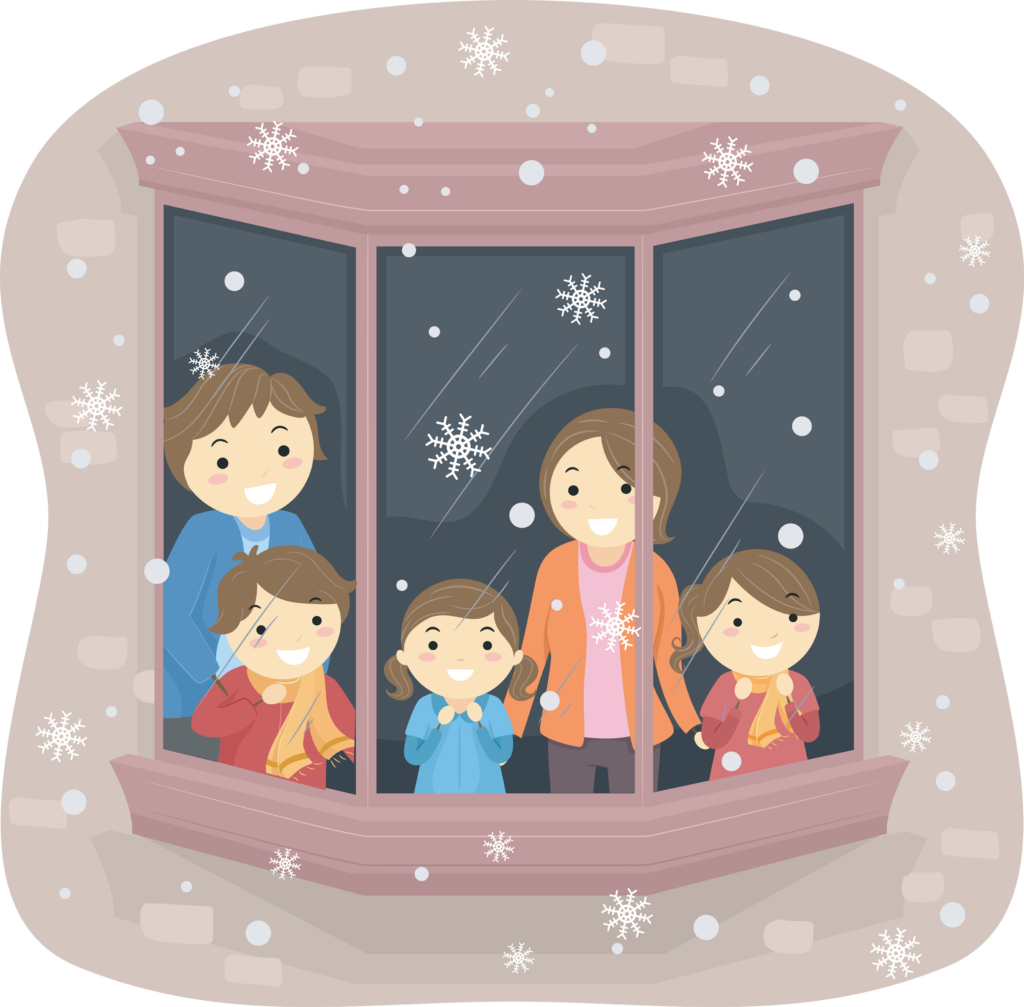
Tip 4: Encourage Observation and Record-Keeping
Children can learn a lot about weather patterns by observing and keeping records. Encourage them to keep a weather diary, noting down the daily weather conditions, and over time, discuss the patterns that emerge.
Best Practice: Guide in Record Interpretation
Help children make sense of their observations by discussing them together. Guide them in interpreting patterns and identifying trends.
Suggested Materials: Weather Diary, Pencils, Color Markers
Tip 5: Connect Weather and Climate to Daily Life
Finally, connecting the concepts of weather and climate to daily life can help children understand their importance. Discuss how weather affects what we wear, the activities we do, and how climate influences the types of plants and animals in different regions.
Best Practice: Make Real-World Connections
Make real-world connections whenever possible to help children see the relevance of what they are learning. Use examples they can relate to, such as why they wear a jacket in winter or use an umbrella when it rains.
Suggested Materials: Pictures of Different Clothing for Various Weather Conditions, Images of Various Animals and Plants from Different Climates
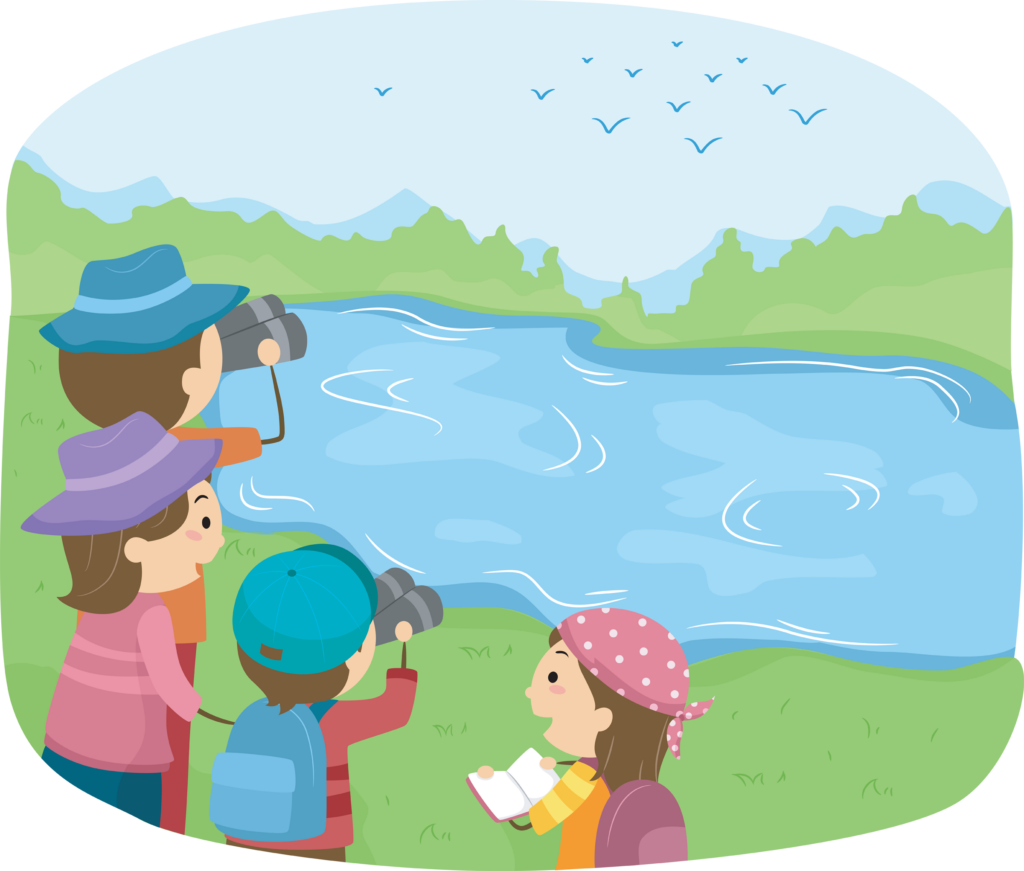
Teaching young children about weather patterns and climate can be a rewarding experience. By incorporating hands-on activities, using visual aids, and making connections to daily life, educators can inspire a lifelong interest in this fascinating subject. Remember to keep the process fun and engaging, and always foster curiosity and questions – they’re the cornerstones of learning.




